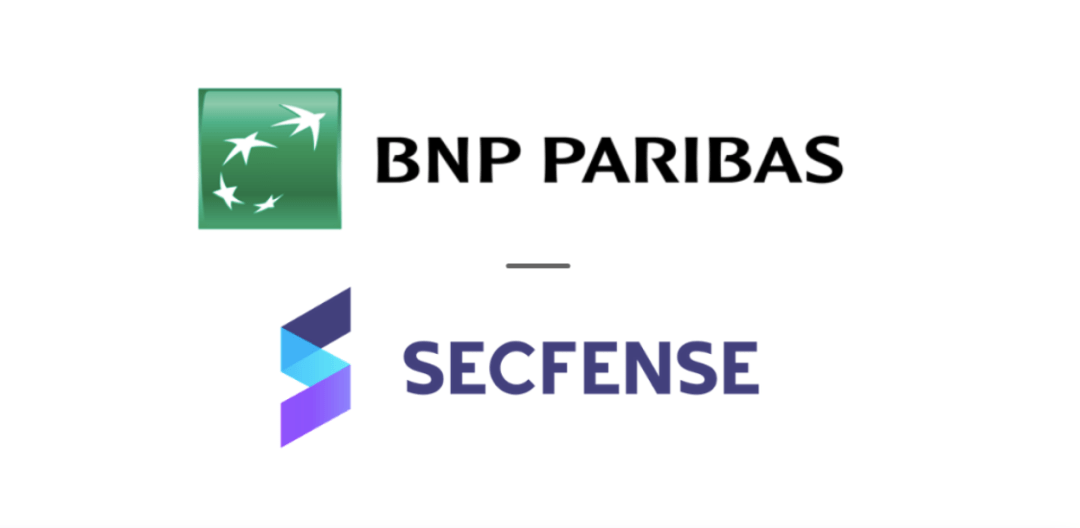Case Study provided by Secfense
How BNP Paribas bank saved $778 000 thanks to code-less MFA implementation
BNP Paribas is the European Union’s leading bank and a key player in international banking. It operates in 68 countries and has more than 190,000 employees, including nearly 145,000 in Europe. BNP Paribas has +200 years of history in banking, with mergers and acquisitions playing an essential role in the company’s strategy. Up till 2022, BNP Paribas has made 10 acquisitions and 182 investments, spending over $ 1.99B on the acquisitions.
Challenge
The pandemic brought new cybersecurity challenges to the BNP Paribas group. The organization wanted to create a high level of cybersecurity for all users and all devices across the entire organization and regardless of the localization.
One of the most important elements to achieving this goal was introducing Multi-Factor Authentication (MFA) globally. MFA is named by the US National Institute of Standards and Technology (NIST) as one of the crucial ways to secure critical systems within the organization. While being one of the best ways to protect from cyber attacks, MFA is, at the same time, really hard to implement since, in a traditional approach, each application needs to be redesigned one by one.
BNP Paribas group is an organization built from numerous mergers. The bank owns +160 critical systems, many of which are legacy systems and +70 with direct internet access. The bank was looking for a new way to introduce MFA globally, without touching protected applications code, and with an option to leverage MFA methods that were already in use.
Results
Fast and large-scale implementation
The result exceeded expectations. Ultimately, due to streamlined MFA deployment, BNP Paribas decided to add MFA to 43% more applications than was initially planned, including legacy applications. The bank was able to leverage all existing MFA methods and add new, alternative MFA methods to its user access security portfolio. The engagement of IT specialists was reduced by 82% compared to the traditional MFA implementation approach.
Reducing the specialist’s engagement lowered the total costs of the deployment by 87%, resulting in $778 000 in savings. The whole project was executed without the necessity of hiring any software developers.
Summary
Thanks to introducing the Secfense broker BNP Paribas achieved the following goals:
43% MFA added to 43% more apps than initially planned
82% reduced IT specialist’s engagement
$778 000 savings compared to the traditional MFA implementation approach
100% Leveraged all currently used MFA methods
100% Reduced software developer engagement
87% Reduced the cost of implementation
Case study summary / recap:
BNP Paribas is the EU’s leading bank. It operates in 68 countries and has +190,000 employees. BNP Paribas has +200 years of history in banking, with mergers and acquisitions playing an essential role in the company’s strategy. The bank owns +160 critical systems, many of which are legacy systems and +70 with direct internet access. The bank wanted to introduce MFA globally, without touching protected applications code, and with an option to leverage existing MFA.





